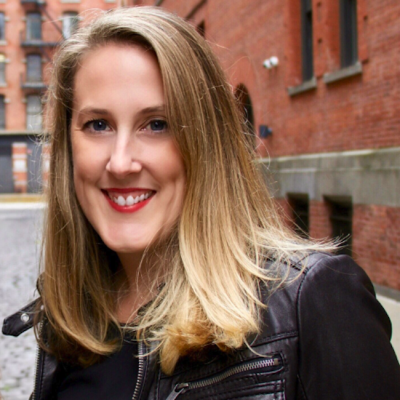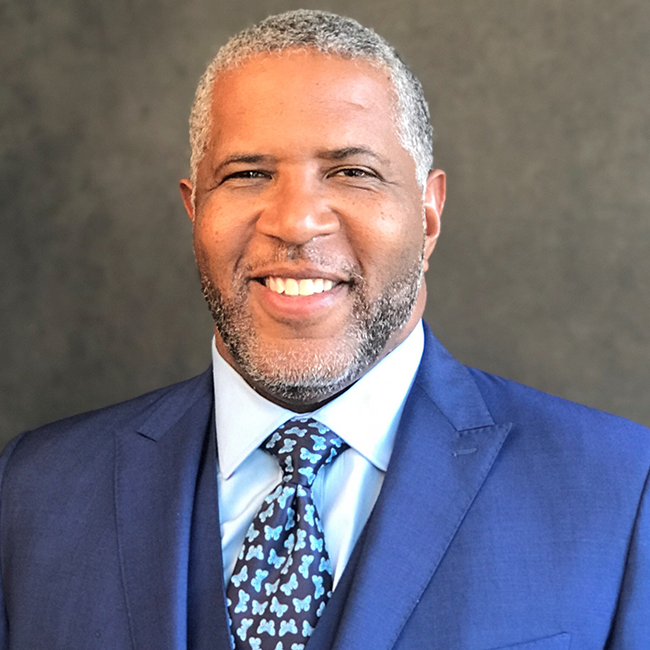
Imagine it is 2019, and you are asked to describe the qualities of a healthy company culture. You would probably talk about collaboration, inclusion, and creating a fun work environment.
If someone asked you the same question today, would your answer focus on mental health, empathetic leadership, and flexibility? And would you be able to answer with confidence that your company culture is meeting the needs of today’s workforce?
Working from home, virtual meeting fatigue, caregiving challenges, staff turnover and shortages, and countless other factors caused or made worse by the pandemic have irrevocably changed workplace culture. Frontline workers and those in roles that do not have the option to work remotely face additional stressors. Compounded by grief and loss, these factors have contributed to an unprecedented mental health crisis. The workplace must be part of the solution to the crisis.
Employee well-being—including mental health—profoundly influences a company’s bottom line.
There is a fundamental relationship linking mental health, productivity, company culture, and organizational performance. A survey we conducted this year revealed one in three US workers feel anxious or depressed at least a few times a week—up from one in five in March 2020. In addition, The Hartford’s disability claims data show mental health conditions are among the top five reasons why US workers cannot perform their jobs.
We know employers are striving to help their workforce. However, our annual study of US workers and employers continues to show a mental health divide—employers think they’re doing a great job supporting mental health and creating open and inclusive environments, but nearly half of US workers disagree. As we consider the future of work, this is a critical gap that employers need to address.
At The Hartford, we have made it a priority to spotlight mental health in the workplace. We are partnering with the National Alliance on Mental Illness, which is the nation's largest grassroots organization dedicated to building better lives for the millions of Americans affected by mental illness. Together, we are producing research, events, and initiatives to help employers understand how to create stigma-free workplaces where employees have the flexibility and support to access resources. We also are researching burnout, stigma, and psychological safety and how they factor into engagement and productivity among the US workforce.
We have seen firsthand that when leaders—from the C-suite to frontline managers—open up about mental health, it inspires a stigma-free culture that strengthens employees’ connection to their employer and empowers those in need to get help.
Within our organization, we have created digital platforms and in-person programs to allow for open dialogues, trained leaders on mental health essentials, and provided guidance on inclusive language to help dispel stigma and lead with empathy. Over the years, we have continually expanded mental health education and evidence-based resources for our employees and their families. In turn, employees have leveraged these benefits, joined in courageous conversations, shared their mental health journey, and expressed appreciation via company communication platforms.
Employee well-being—including mental health—profoundly influences a company’s bottom line. As environmental, social, and governance (ESG) reporting standards increasingly look at how companies create equitable, inclusive cultures and diverse, productive workforces, stakeholders are analyzing companies’ ESG metrics to identify risks and opportunities, including the ability to improve worker wellness and satisfaction, retention, and overall performance.
To foster a modern, inclusive workplace culture that enables sustainable performance—now and into the future—employers must proactively advance culture change, with an eye to empathy and equity, and make a human capital investment in employees’ mental health. The well-being of millions and the success of our organizations depend on it. The need is real, and the time is now.
















